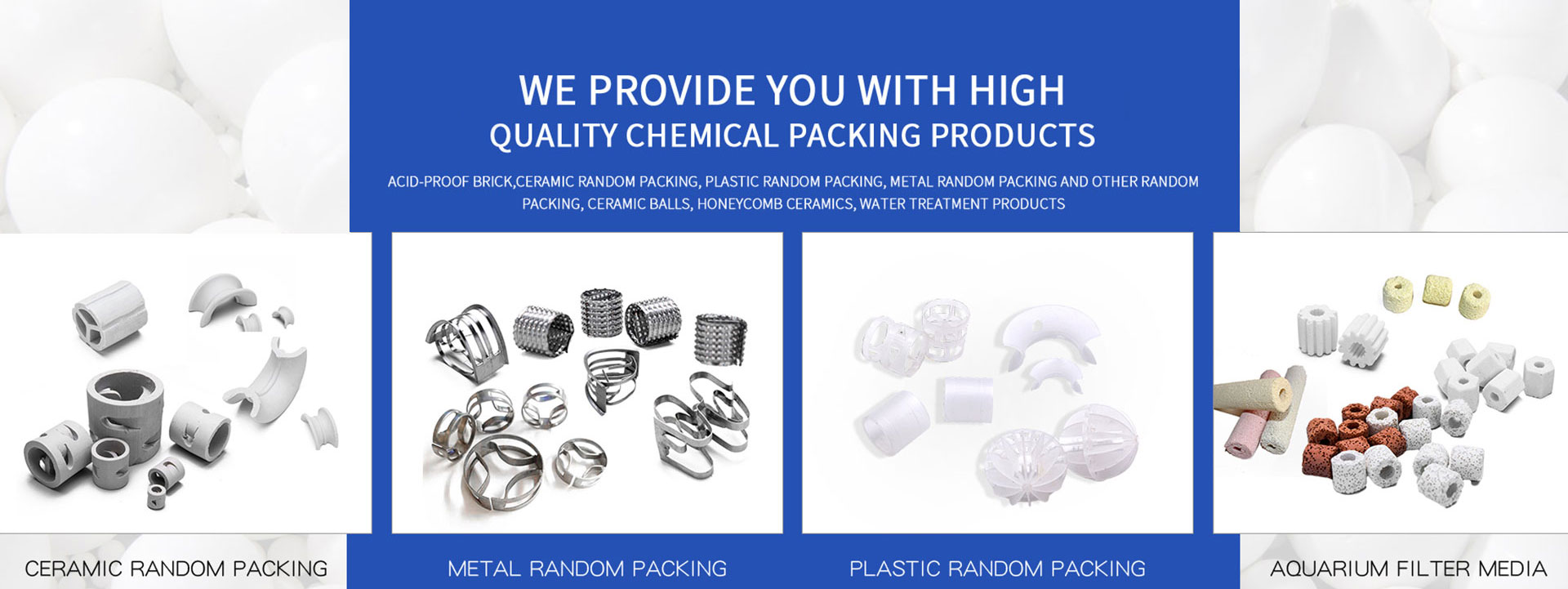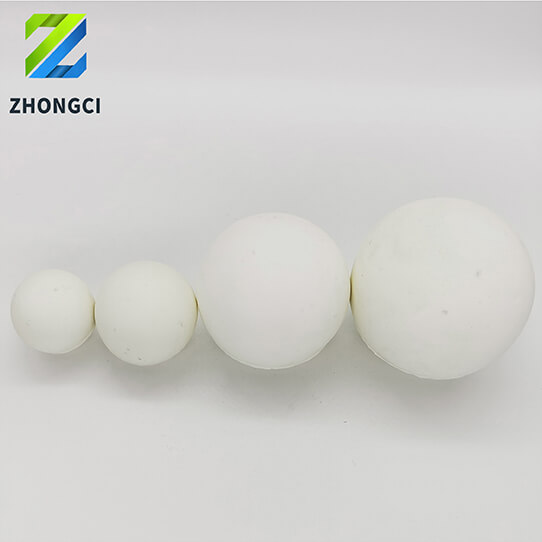


80% Alumina Ball for Ball Mill High Alumina Ceramic Grinding Ball
Quick Details
High Hardness:
80% alumina balls have a Mohs hardness of 8-9, making them suitable for grinding hard materials.
Wear Resistance:
Excellent wear resistance ensures long service life and minimal contamination of the ground material.
Chemical Stability:
Resistant to acids, alkalis, and solvents, making them suitable for a wide range of applications.
High Density:
Density of approximately 3.6-3.8 g/cm³ provides efficient grinding and impact force.
Smooth Surface:
The smooth surface minimizes friction and wear during grinding.
Cost-Effective:
Offers a balance between performance and cost, making it a popular choice for many industries.
Ceramics Industry:
Used for grinding raw materials like feldspar, quartz, and clay in ceramic production.
Minerals Processing:
Applied in the grinding of ores and minerals to achieve fine particle sizes.
Paints and Coatings:
Used in ball mills for grinding and dispersing pigments and fillers.
Cement Industry:
Used for grinding clinker and other raw materials in cement production.
Chemical Industry:
Ideal for grinding and mixing chemicals and catalysts.
Pharmaceuticals:
Used for fine grinding and homogenization of active pharmaceutical ingredients (APIs).
High Grinding Efficiency:
Provides excellent grinding and dispersion due to its high density and hardness.
Long Service Life:
Resistant to wear, reducing the frequency of media replacement.
Minimal Contamination:
High chemical stability ensures minimal contamination of the ground material.
Versatility:
Suitable for a wide range of applications and materials.
Cost-Effective:
Offers a balance between performance and cost, making it a popular choice for many industries.
Loading:
The alumina balls are loaded into a ball mill along with the material to be ground.
Grinding:
The mill rotates, causing the balls to impact and grind the material.
Dispersion:
The high-density balls efficiently disperse particles, achieving a uniform and fine grind.
Separation:
The ground material is separated from the balls using screens or filters.
Raw Material Preparation:
High-purity alumina powder is mixed with binders and additives to form a slurry.
Forming:
The slurry is formed into balls using pressing or extrusion techniques.
Drying:
The formed balls are dried to remove moisture.
Sintering:
The balls are sintered at high temperatures to achieve the desired density and hardness.
Polishing:
The balls are polished to achieve a smooth surface and uniform size.
Quality Control:
The final product is tested for hardness, density, and dimensional accuracy.
| Product | Al2O3 % | Bulk density g/cm2 | Water absorption | Mohs hardness scale | Abrasion loss % | Color | ||
| High alumina grinding balls | 92 | 3.65 | 0.01 | 9 | 0.011 | White | ||
| Medium alumina grinding balls | 65-80 | 2.93~3.3 | 0.01 | 8 | 0.012 | Yellow-White | ||
| Appearance demand | ||||||||
| High alumina grinding balls | Medium alumina grinding balls | |||||||
| Crack | Not permission | Not permission | ||||||
| Impurity | Not permission | Not permission | ||||||
| Foam hole | Above 1mm not permission, size in 0.5mm permit 3 balls. | |||||||
| Flaw | Max. size in 0.3mm permit 3 balls. | |||||||
| Advantage | a) High alumina content | |||||||
| b) High density | ||||||||
| c) High hardness | ||||||||
| d) High wearing feature | ||||||||
| Warranty | a) By national standard HG/T 3683.1-2000 | |||||||
| b) Offer lifetime consultation on problems occurred | ||||||||
| Items | Proportion | Items | Proportion | ||||
| Al2O3 | ≥80% | SiO2 | 16.81% | ||||
| Fe2O3 | 0.06% | MgO | 0.80% | ||||
| CaO | 1.09% | TiO2 | 0.02% | ||||
| K2O | 0.08% | Na2O | 0.56% |
<< Previous page
Next page >>